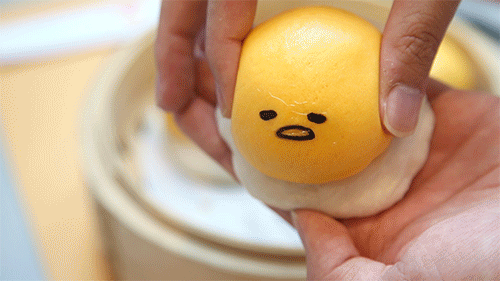Hot custard = liquid ✔️
Cold custard = liquid also?
What's the correct answer and why?
Custard is a non-Newtonian fluid, is that related to the question?
Custard= non Newtonian liquid.
Non Newtonian liquid
Love how the 3 be answers ignore the why
Simply. A solid will hold its shape a liquid won't, it'll take the shape of the container.
Cold cheese -solid
hot cheese - liquid
cold egg - liquid
hot egg - solid
Wtf!
School custard . . Solid
Actual custard liquid.
Custard the morning after - gas
Simply. A solid will hold its shape a liquid won’t, it’ll take the shape of the container.
Interesting definition. Where does powdered custard fit then? If you pour that into a container, it takes the container shape, (maybe with a bit of a conical top) but it's not liquid. Fluid maybe?
What's the difference between a fluid and liquid?
Why so many question marks?

answers ignore the why
it is god’s will. He doesn’t pay much attention to custard
Custard was a purple cat.
The intermolecular bonds between molecules in hot custard and cold custard (at room temperature) are strong enough to bind to each other but still have sufficient energy to exchange with one another so that movement can occur. Hot custard is runnier because it is easier to break these bonds as you pour it as there is more energy in the system. If you chill the custard further eventually the bonds will loose energy, not be able to exchange, and you will get a solid.
So where does bake custard come into this?
Chocolate and Ketchup also.
Baked custard has egg in it and is thicker to start. When it gets cooked the proteins in the egg unfold and then stick to each other which makes it set, going from a liquid to a gel.
Custard has egg in it though.
Powder is lots of solid particles. Each is a solid. In effect pouring the powder allows you to see how particles in a liquid move.
I use the analogy of a crowd in a stadium. Seated they are like a solid, closely packed but moving/vibrating. End is melting point where still closely packed but flow passed each other, carpark is boil the particles diffuse into other gases.
Hot and cold don't mean anything without specific temperature.
Custard at cold where cold = -100c will be solid
Interesting definition. Where does powdered custard fit then? If you pour that into a container, it takes the container shape, (maybe with a bit of a conical top) but it’s not liquid. Fluid maybe?
What’s the difference between a fluid and liquid?
Why so many question marks?
A liquid is a state of matter, which is defined as having a set of properties which don't appear to change significantly when subject to changes in energy. E.g. you can heat up a solid, and it doesn't change much untill it does obviously, then it's a liquid and the same rule applies again.
A fluid is just a description of a materials properties. Powders, liquids, gases, smokes, foams, aerosols etc are all fluids. Gels are a liquid bound in a solid matrix making them non-fluids, but part of the mixture is technically a liquid.
Non-newtonian fluids is a slight missnomer as all fluids are non Newtonian, and there are multiple types. Newtonian just means it behaves like you expect it to, e.g. a gas should compress to infinity, which it won't. Liquids lose viscosity with rising temperature. And custard and gravy obviously increace their viscosity in response to shear forces.
There are lots more than 3 states too, e.g. liquid crystals in displays. And including the recently discovered "time crystal", which is a quantum state which appears to not obay the 2nd law of thermodynamics. It has the ability to hold a regular change of state. Imgaine flipping a coin again and again but instead of eventually being random chance of head/tails you always got head-tail-head-tail-head-tail-head-tail......
And glass is a liquid.
Apparently...
Custard is a non-Newtonian fluid
Thixotropic, innit?
Plasma is another state for example.
And glass is a liquid
QI klaxon sound
No it's not. It's a solid, but it's not crystalline. So over time the molecules can rearrange themselves very slowly to a lower energy arrangement.
But to actually appear melted would take trillions of years.
The reason medieval glass windows look like they do is most likely just because the glazers thought it seemed logical to put the thickest part of the pane at the bottom.
Amorphous.
The reason medieval glass windows look like they do is most likely just because the glazers thought it seemed logical to put the thickest part of the pane at the bottom.
And there was a 'thickest part' in the first place due to the manufacturing process at the time.
Cold cheese -solid
Not strictly true (ish), cold cheese will take the shape of a container. This would be dependent on moisture content. Creamy Lancs (<48% moisture) would do this a more rapid pace than cheddar (<39% moisture) for example. That's why cheese needs to be turned during the aging process as it changes shape and you don't want a soggy bottom.

